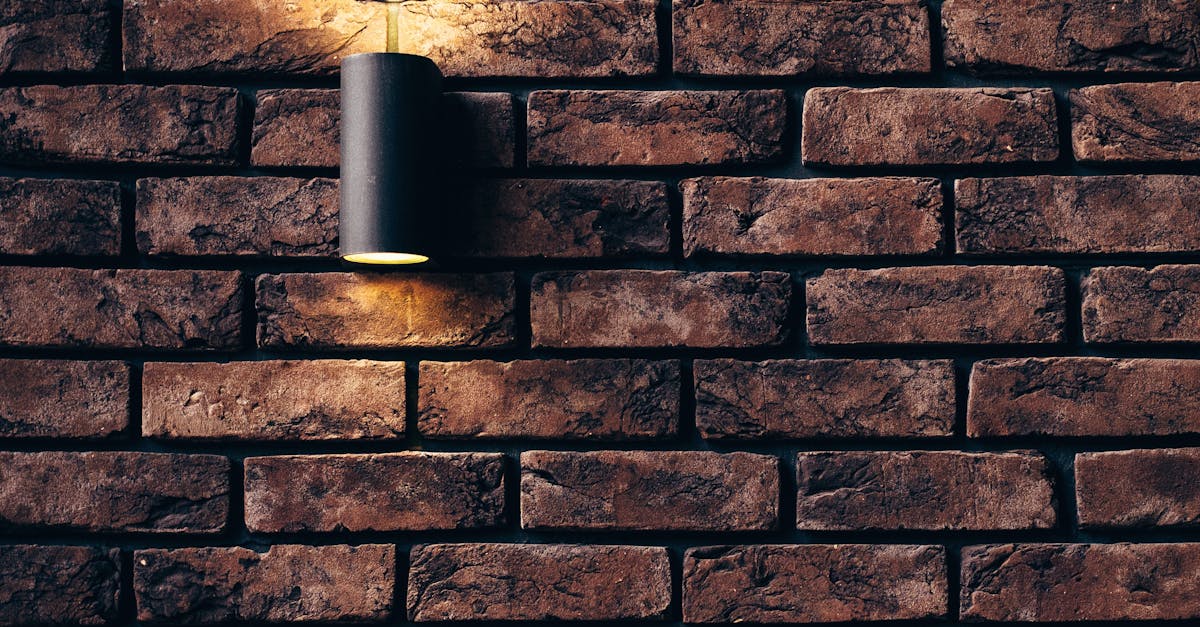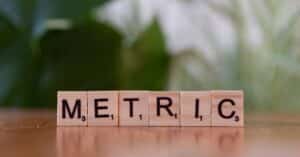The term vintage resonates today in many areas, encompassing not only objects and clothing but also a true lifestyle. This cultural phenomenon draws its roots from the authenticity and beauty of creations from the past while raising questions about how we perceive history. Understanding vintage means exploring its origins, its characteristics, and its implications in our modern society. The issues that arise particularly focus on how we interact with our environment, our consumption values, and our respect for history.
The term “vintage” refers to objects or creations from a past era, generally aged 20 to 100 years, which are appreciated for their aesthetic or historical value. Derived from winemaking vocabulary, where it was used to designate high-quality wines from a particular harvest, vintage has since expanded to other fields such as fashion, design, and even culture.
In the fashion domain, vintage evokes clothing and accessories that have withstood the test of time, often representative of trends from a specific period. For example, a dress from the 1950s may be considered a real treasure, as it embodies the style, culture, and aspirations of its time. This definition, although broad, also implies that vintage must possess a certain authenticity and quality to be regarded as such.
There is also an important distinction to make between vintage, retro, and antique. While vintage refers to authentic pieces from past eras, retro denotes contemporary creations inspired by ancient styles. On the other hand, objects deemed antique are often described as simply old, without necessarily holding significant aesthetic or historical value. Through this distinction, vintage emerges as a highly valued category in today’s world.
The stakes of vintage are multiple and varied. On one hand, the vintage phenomenon raises questions about sustainability and responsible consumption. With the rise of fast fashion and the environmental impact that ensues, vintage appears as an appealing alternative. By encouraging the reuse and appreciation of old objects, vintage helps reduce waste and the production of new goods.
On the other hand, vintage plays an essential role in the preservation of artisan crafts. Restoring vintage objects requires specific skills and thus contributes to keeping traditional techniques alive. These crafts are often highlighted at events like fairs, where enthusiasts come together to share their common passion.
The vintage market has also developed in recent years, attracting both collectors and investors. Vintage objects can see their value significantly increase due to their rarity and state of preservation. Specialized auctions showcase rare pieces, thus generating growing enthusiasm.
Finally, vintage influences not only fashion and design but also permeates popular culture. Films, television series, and even music draw inspiration from vintage aesthetics, paying homage to styles of the past while reinterpreting them. This creates a bridge between the past and the present, reminding everyone of the importance of our roots and history.
In summary, understanding vintage involves grasping its nuances and the impact it has on our contemporary society. It is a rich cultural phenomenon that connects our memories, values, and aspirations while redefining our relationship with design, fashion, and consumption.

FAQ: Understanding Vintage
What does the term “vintage” really mean? The term “vintage” refers to objects or clothing aged 20 to 100 years, which have a particular historical or aesthetic value.
What is the origin of the word “vintage”? Originally, the term “vintage” came from the winemaking world and referred to the grape harvests used to produce quality wine.
How can one distinguish vintage from retro and antique? Vintage refers to authentic objects from a past era, retro pertains to modern creations inspired by the past, while antique is a generic term for describing old objects without any implication of aesthetic value.
What are the impacts of the vintage movement on the environment? The vintage movement promotes the reuse of old objects, thus reducing the production of new goods and the environmental impact related to their manufacturing.
How does vintage influence contemporary fashion? Vintage infuses elements from the past into modern fashion, paying homage to silhouettes and styles from yesteryears while integrating a touch of authenticity.
What is the importance of vintage in interior decoration? In decoration, vintage brings a unique warmth and history to spaces, transforming a modern interior into a place rich in character and memories.
Why is vintage popular in today’s culture? The vintage trend is a celebration of the past manifested through cinema, music, and photography, allowing individuals to rediscover creations from yesteryear.
Which vintage items are the most sought after? The most prized objects include luxury watches, collectible cars, rare vinyl records, and furniture signed by renowned designers.
How to estimate and authenticate vintage objects? Authenticating and estimating vintage objects takes into account rarity, state of preservation, provenance, and historical significance.
What communities exist around the vintage movement? Many clubs and online forums bring together enthusiasts who share common interests around collecting and valuing vintage objects.











